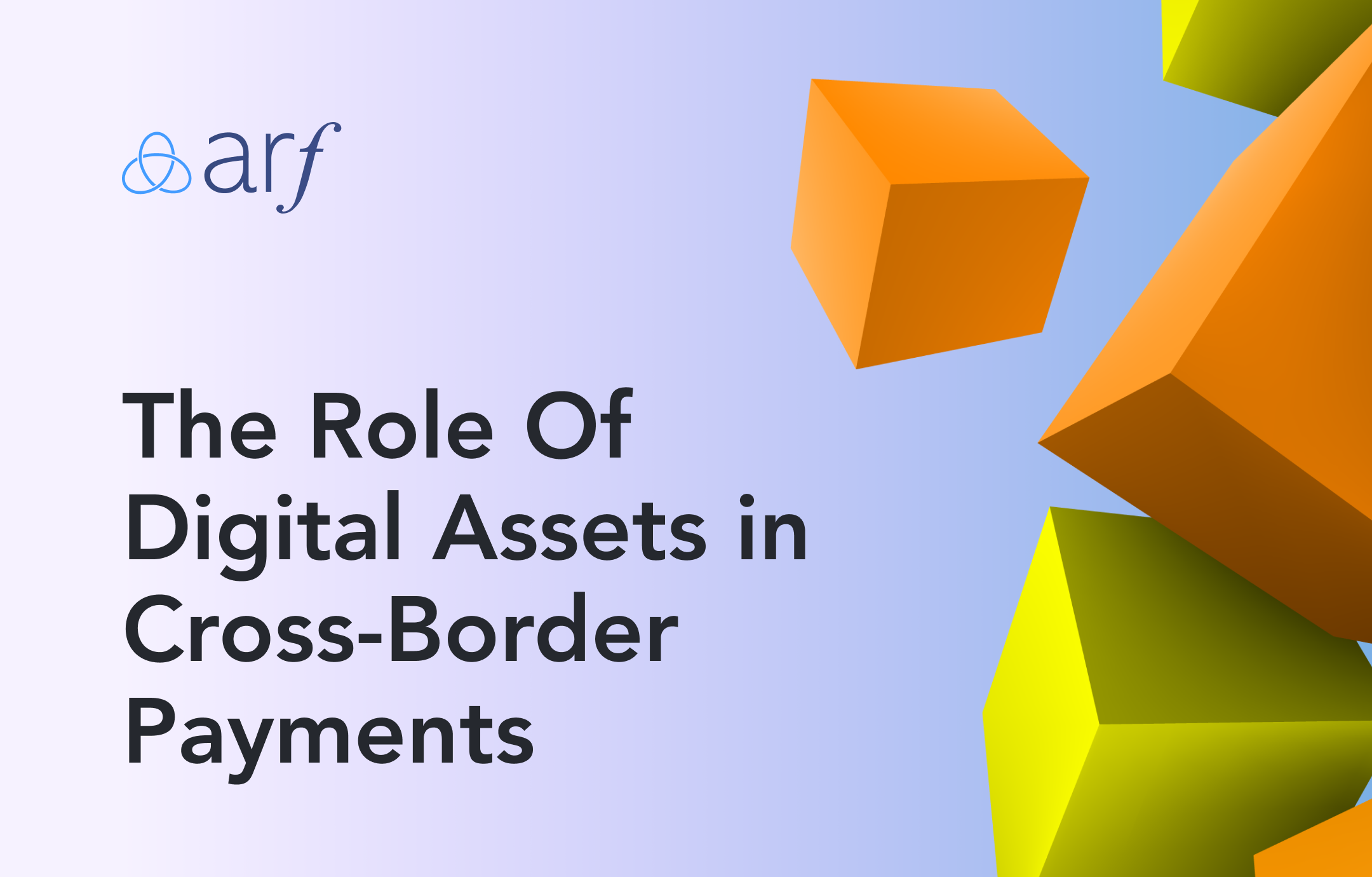Arf's Perspective: Yet another so-called “algorithmic stablecoin” breaks the buck by getting caught in the inescapable trap of a bank run as all partially collateralized assets would under just enough market pressure. This time though, it was seen coming from miles away by several cryptocurrency experts since the now fallen stablecoin Terra USD’s (UST) peg was being held by undercollateralized Bitcoin reserves and the yield protocols were heavily leveraged, offering unrealistic annual percentage yields (APY) as high as 20% with nowhere nearly enough UST liquidity in the contracts.
Although about $40 Billion USD of market capitalization were wiped out in just days by the probably most cash efficient financial engineering attack in the history of cryptocurrencies, this might prove a net good for the future of truly stable stablecoins. Several awareness campaigns were launched across a variety of channels by the issuers and prominent advocates of USD pegged stablecoins such as USD Coin (USDC) and Tether (USDT). The reaction by the regulators to these campaigns were positive and the UK government announced that the country will regulate the fully reserved 1:1 pegged stablecoins by designating them as means of payment.
Coming weeks and months will show whether this was the turning point for stablecoins in terms of mainstream adoption and regulation.
Is USDC or USDT more suitable for payments? Read our take here.
Read the original post by CNBC here.





